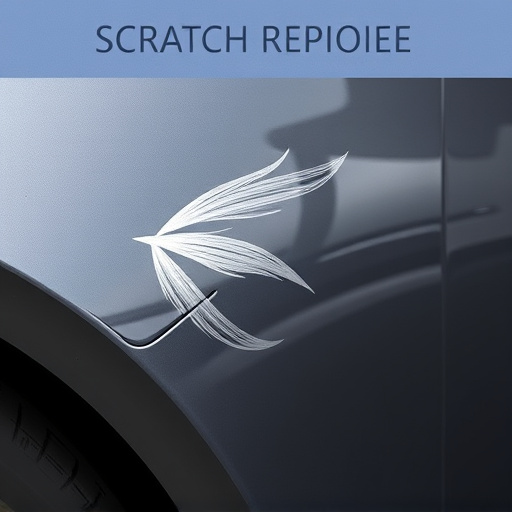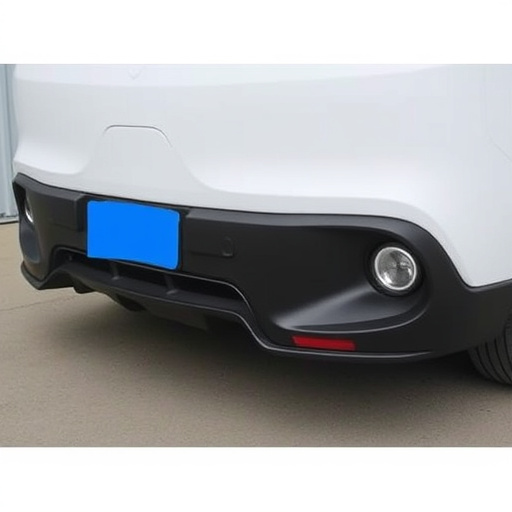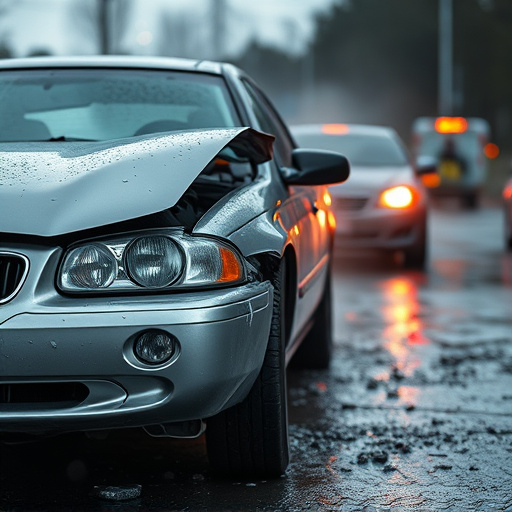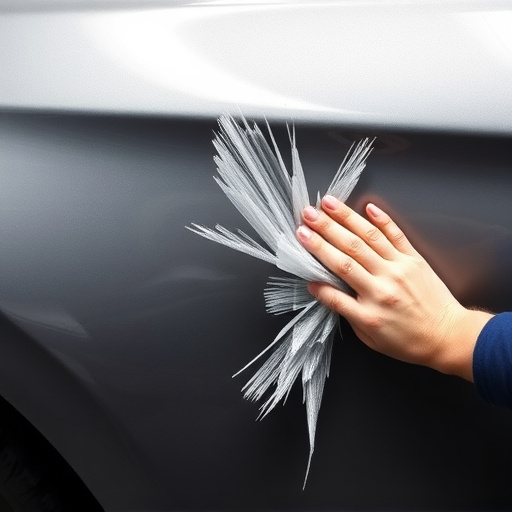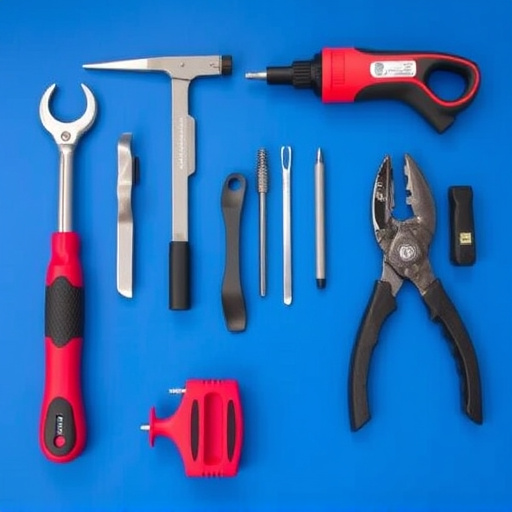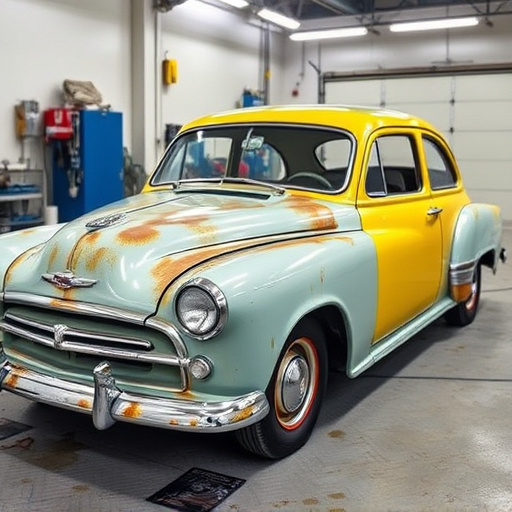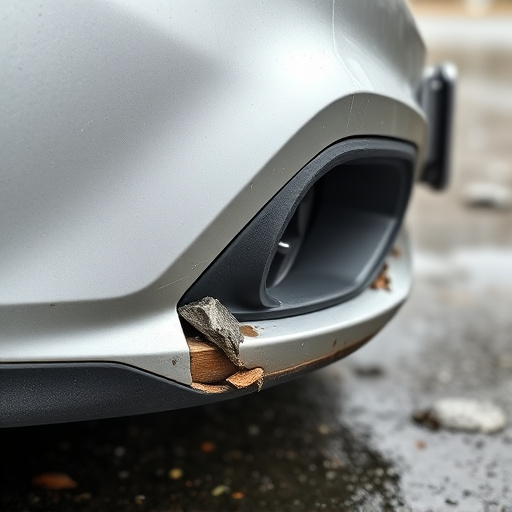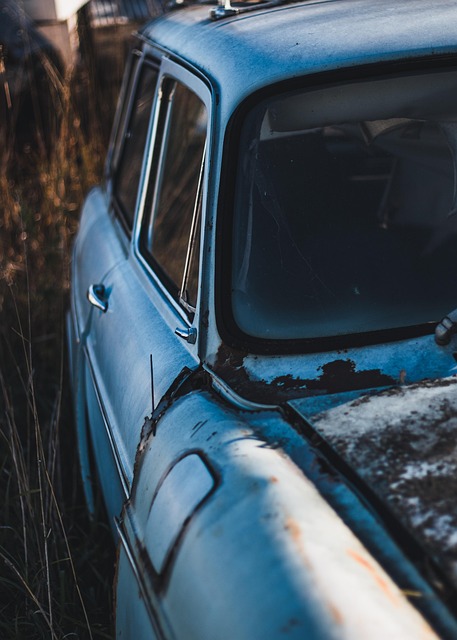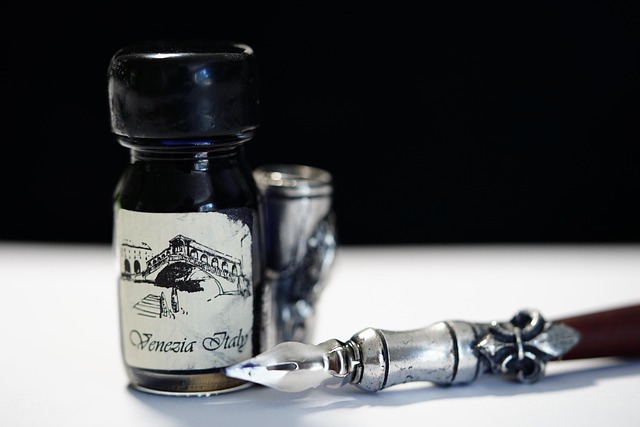Adhering to OEM repair procedures is crucial for auto service centers providing top-tier collision repairs, ensuring quality, aesthetics, and safety through precise use of approved parts, tools, and detailed step-by-step guides. Continuous training, investment in resources, and specialized equipment are required to stay current with evolving standards and complex vehicle technology.
In today’s competitive market, adhering to Original Equipment Manufacturer (OEM) repair procedures is paramount for maintaining product quality and safety standards. This comprehensive guide explores the essence of OEM repair procedures, offers a step-by-step approach to ensure compliance, and addresses common challenges faced by professionals. By understanding and implementing these practices, businesses can enhance efficiency, reduce risks, and uphold their reputation in the eyes of both manufacturers and consumers alike.
- Understand OEM Repair Procedures: Definition and Importance
- Key Steps to Comply with OEM Guidelines Step-by-Step
- Common Challenges in Adhering to OEM Repair Standards and Solutions
Understand OEM Repair Procedures: Definition and Importance
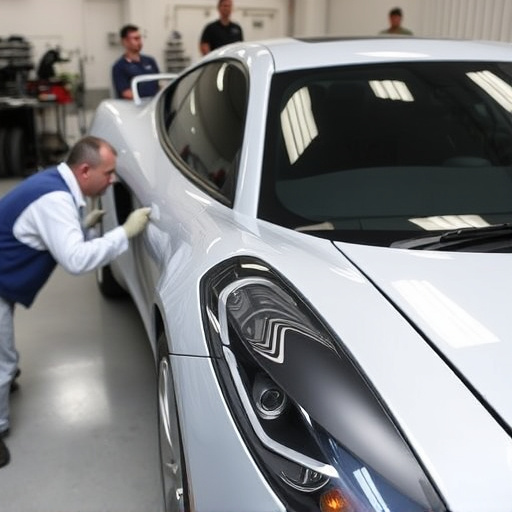
Understanding OEM (Original Equipment Manufacturer) repair procedures is paramount for any automotive service center aiming to deliver high-quality, safe, and reliable car bodywork repairs. These procedures are comprehensive guides developed by vehicle manufacturers to ensure that replacement parts, techniques, and tools adhere strictly to their specifications. This meticulous approach is crucial in maintaining the original performance, aesthetics, and safety standards set by the automaker.
OEM repair procedures serve as a beacon for collision repair specialists, offering step-by-step instructions tailored to each specific model and year of a vehicle. They detail everything from disassembly and reassembly techniques to the selection of appropriate parts, ensuring that every aspect of the repair process aligns with the manufacturer’s vision. By adhering to these guidelines, auto collision centers can guarantee customer satisfaction, enhance their reputation, and contribute to road safety through precise and original car bodywork repairs.
Key Steps to Comply with OEM Guidelines Step-by-Step

Ensuring compliance with Original Equipment Manufacturer (OEM) repair procedures is paramount for maintaining product quality and safety in automotive aftercare. Here are the key steps to align with OEM guidelines step-by-step:
1. Obtain Official Documentation: Start by acquiring the latest OEM repair manuals and specifications relevant to the vehicle make and model. These documents provide detailed instructions, part numbers, and tolerances specific to each manufacturer.
2. Understand the Repair Scope: Identify the scope of work required for the fender repair or car restoration project. This includes assessing damage, selecting appropriate replacement parts, and understanding the sequential steps involved in the body shop services process.
3. Use Only Approved Parts: Stick to OEM-approved or certified replacement parts. Using genuine components ensures compatibility, quality, and adherence to safety standards. This is especially crucial for complex repairs like body panel replacements, where proper alignment and structural integrity are vital.
4. Follow Detailed Procedures: Carefully follow the step-by-step procedures outlined in the OEM manuals. These guides often include visual aids, diagrams, and specific tools required for each task. Each stage should be executed precisely to avoid errors and ensure the final repair meets manufacturer specifications.
5. Document and Verify: Maintain thorough records of all repairs, including part numbers, work performed, and any adjustments made. Cross-referencing these records with OEM guidelines helps verify compliance and can serve as a valuable reference for future similar projects.
Common Challenges in Adhering to OEM Repair Standards and Solutions
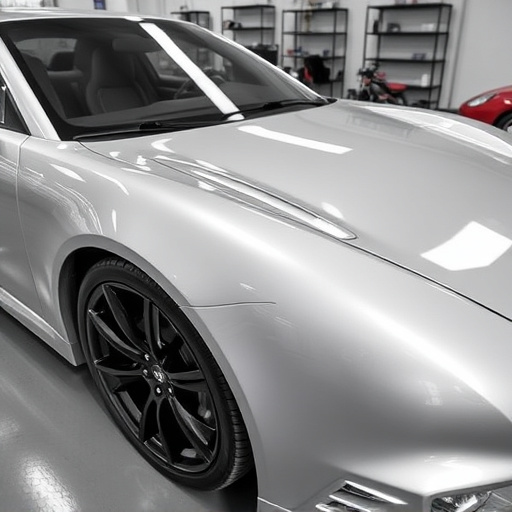
Adhering to Original Equipment Manufacturer (OEM) repair standards can present several challenges for auto body shops and collision centers. One significant hurdle is keeping up with constantly evolving procedures, as OEM guidelines are frequently updated to incorporate new technologies and safety measures. This requires constant training and investment in resources to stay current.
Additionally, the complexity of modern vehicles, particularly in areas like car paint repair and vehicle body repair, poses a challenge. Specialized equipment and techniques are often required to match factory standards precisely. Collision repair services that fail to invest in proper tools and trained personnel may struggle to maintain compliance. Solutions include staying informed about industry developments, participating in ongoing training programs, and utilizing high-quality, OEM-approved parts and equipment.
Ensuring compliance with Original Equipment Manufacturer (OEM) repair procedures is paramount for maintaining product quality, safety, and reliability. By understanding these procedures, adopting a step-by-step approach, and addressing common challenges head-on, repair professionals can confidently deliver top-notch services that meet OEM standards. Staying adherent to these guidelines not only safeguards the integrity of products but also fosters trust among consumers and manufacturers alike.

